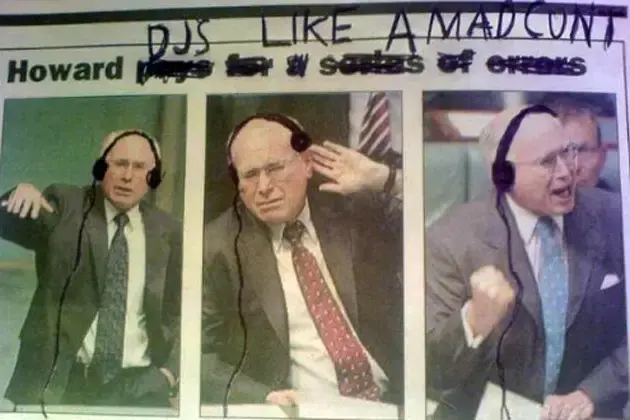You need to only look at the modern crossbench, and the teals in particular, to see the prospect of a 2010 repeat is unlikely.
These modern independents aren’t former Nationals blokes who have turned their back on their party.
They’re modern women who couldn’t see themselves in the party that once took their seats for granted.
“While the 2022 election might be heralded as a ‘breakthrough’ for the independents, the conditions for their election have been building over several decade,” the Australian Election Study noted in 2022.
“Many of these changes are associated with voters being ‘less rusted on’ to the major political parties and becoming more independently minded in their political choices.”
That’s the problem with scare campaigns like the Coalition’s. When you threaten voters with a minority government, that would require crossbench negotiations, some in the seats you’re trying to win might be left thinking: “Oh, that sounds more preferable than you.”



Sure, what I have is anecdata, but I will say the study is focused on the teal voters, whereas the people I’m talking about were members or organisers. They did door-knocking or sausage sizzles or similar.
For this comment, I’ve decided to go to the actual study rather than use the ABC’s interpretation of it.
Firstly, the analysis is that there are fewer “rusted on” voters, which is consistent with what I’m trying to say. A bunch of rusted on LNP voters have become less rusted on, so to speak. The first half of the analysis broadly agrees with what I’ve been saying.
I don’t know if ranked choice voting really works with “tactical voting”. Someone would need to draw me a diagram, but overall the way most people vote is to put the candidate they like the most at the top, and the candidates they like the least at the bottom. If they distrust the majors, they put the majors “later”. Basically, if you think the Teals are going to get up, but you want the Greens, you’re still better off putting the Greens on top. There’s a very small corner case where the a bunch of small parties can trade places based on a handful of votes but it’s not common, and if you want the Greens but are happy with Teal, you’d still put them in the order you want. The study does say in the first half that people are way less likely to use HTV cards, which is consistent with what I’m trying to say.
I think what’s happened is that they’re looking at 2019, the Scomo era. By that era, the voters I’ve been talking about would already have shifted to Labor or the Greens as Option 1, something they would not actually want, they just wanted a Scomo Coalition even less. I think the Teals actually are the first preference here, and a lot of these guys used to vote LNP in maybe 2015.
Fair enough. You did specifically talk about voters in that previous comment, though, not members or organisers.
I agree with this under normal circumstances, but keep in mind that the Teal candidates were not established independents, nor was the movement itself. In that sense I don’t think they can really be considered as “majors” - they were potentially still outsiders. I think an example of what the study is suggesting could be that both Labor and Greens voters believed the Teals had a better chance of beating the Liberal incumbent but only if the Teal candidate survived until later rounds. For that to happen, they needed first preference votes so these voters were “tactical” in the sense that they voted to give the Teal candidate the best shot at defeating the Liberal incumbent - even at the expense of their preferred candidate.
A similar, but slightly different, method of “tactical” voting in this scenario would be to give the Teal candidate your first preference in the hope that they received a majority. I also witnessed members of my family who are consistent Greens voters employing this thought process at the previous election due to their desperation to see the Liberal incumbent removed from office. They gave the Labor candidate their first preference, hoping others would do the same and that he would win on a majority. It made less sense in our electorate, since the Labor candidate was also going to be competing against the Liberal candidate in the final round of counting. As the study noted, the voting strategies in these Teal electorates were highly unusual so I’m not sure you can use normal Australian voting habits to dismiss the findings of the researchers.
This seems like it could be a contributing factor, for sure. The criteria for “X voter” here is only based on how the person voted at the 2019 election - people definitely can change the way they vote from one election to another. Particularly if they have strong feelings about a particular issue (in this case it was likely climate change and gender equality).